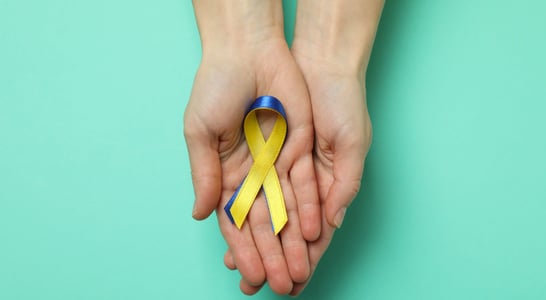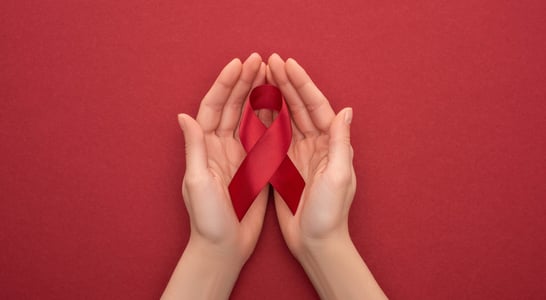
National Hemophilia Awareness Month
Honoring those who navigate life's challenges with strength and grace, raising awareness for a condition that inspires resilience.
Sadly, there are many life-threatening medical conditions that many of us know little to nothing about, unless we happen to have a family member who suffers from such a condition.
Thankfully, nowadays most people realize how very important it is to get the word out about various diseases in order to raise awareness about the difficulties some of those around us have to deal with every day.
National Hemophilia Awareness Month was created to do just that: shed some light on a condition that is still unknown to many, and find ways to help hemophiliacs who may feel all alone with their problems, or simply lack the financial means necessary to keep their illness under control.
In short, hemophilia is a disease that prevents the blood from clotting after an injury, meaning that a sufferer simply bleeds on and on, something that can easily cause serious health consequences, or even death.
If you don’t know much about this serious medical condition, this is the perfect time to change that and help make the world just a little bit better!
The History of National Hemophilia Awareness Month
In order to understand why National Hemophilia Awareness Month is so important, it is necessary to know a bit of the disease’s history. It is hard to say when exactly people started suffering from it, but it was first discovered in the 10th century, when physicians began to look deeper into the cases of various people, especially men and boys, who bled to death from seemingly minor injuries.
Sadly, however, the physicians of the 10th century were in no way equipped to study the condition properly, and so hemophiliacs were forced to wait until the 19th century for some answers.
In the meantime, many people continued to suffer from the disease, with some of the most noted cases being those of European royal family members, such as Queen Victoria’s son Prince Leopold. Prince Leopold died at a young age due to internal hemorrhaging caused by a relatively minor fall.
At the time, the condition was “treated” with aspirin, which unbeknownst to the people of the day, only caused it to worsen, as it made the blood of the hemophiliac even thinner than it would have been normally. In 1803, Dr. John Conrad Otto began extensively studying the people he called “bleeders”, and slowly ways to avoid spontaneous, profuse bleeding were discovered, such as the administration of clotting factors.
Unfortunately, however, a definitive cure has not yet been found. It is estimated that 400,000 people the world over suffer from hemophilia, many of which cannot afford proper treatment.
How to Celebrate National Hemophilia Awareness Month
Scientists and doctors all over the world work tirelessly trying to find a cure for this illness, but that does not mean that people who are not doctors or scientists cannot do anything to help combat it. Various social media we have access to today, such as Facebook and Twitter to name but a few, are incredible tools that can be used to help more people find out about hemophilia.
These people can in turn make even a small donation to the World Federation of Hemophilia, which helps fund the research needed to finally beat the disease and also pay for treatment for those unable to do it themselves. So play your part in raising awareness for hemophilia this March—like or follow the World Federation of Hemophilia on your preferred social network, and then share, like and retweet!
As the ALS Ice Bucket Challenge proved in 2014, everyone has the power to make a change, and what is a tiny gesture to you can mean the world to someone else.
Also in ...
View all holidaysNational Barista Day
They create magic in a cup, transforming simple beans into a delicious pick-me-up. From latte art to custom blends, they're the coffee wizards!
Share a Smile Day
Spreading happiness with a simple, friendly expression, lighting up someone's day with warmth and positivity.
National Minnesota Day
A land of lakes, forests, and vibrant cities, offering outdoor adventures, cultural delights, and a friendly spirit that's uniquely its own.
We think you may also like...
Leukemia and Lymphoma Awareness Month
By fostering understanding and support, raising awareness for these conditions brings hope, funds research, and stands with compassion beside those affected.
Rare Chromosome Disorder Awareness Day
Highlighting unique genetic variations, fostering understanding and support — a celebration of diversity in the genomic tapestry of life.
ALS Awareness Month
A condition affecting motor neurons, ALS challenges resilience, fostering community, advancing research, and supporting individuals.








